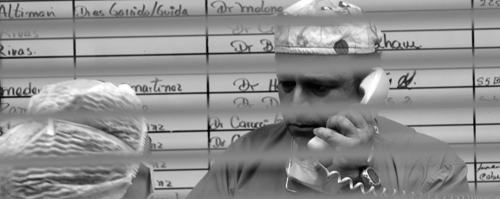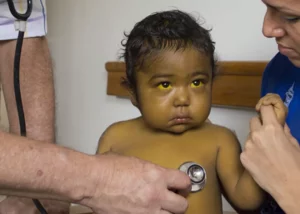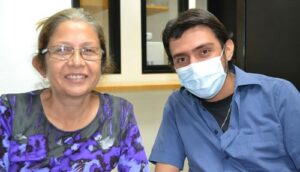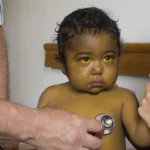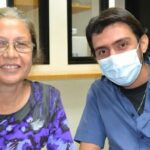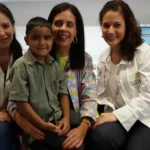Only five countries of the region invest 6% of their Gross Domestic Product (GDP) in healthcare, this is the minimum amount recommended by the World Health Organization (WHO).
As highlighted by the five-year report Health in the Americas 2017, presented by the Pan American Health Organization (PAHO), only Cuba, United States, Canada, Costa Rica and Uruguay were able to meet this recommendation.
According to data from 2014, Cuba is by far the country that has invested the most in this region, with over 10%, followed by the United States, with over 8%.
Uruguay achieved the 6% goal, followed very closely by Panama, which did not meet the WHO recommendation.
On the other hand, the Latin American countries that have invested the least in health are Haiti and Venezuela, with less than 2% of their GDP.
Among the countries that spend between 4 and 6% of their GDP in healthcare (less that the minimum amount recommended by the WHO) are:
Honduras, El Salvador, Paraguay, Ecuador, Bolivia, Nicaragua, Colombia, Panama.
With an investment between 2% and 4% of their GDP we have Guatemala, Argentina, Dominican Republic, Mexico, Peru, Brazil and Chile.
Honduras, El Salvador, Paraguay, Ecuador, Bolivia, Nicaragua, Colombia and Panama have invested between 4 and 6%.
“INSUFFICIENT ADVANCE”
These public health expenditures show a significant variable among the countries and an “insufficient regional advance”, according to the conclusions of the PAHO report, which analyzes the health indicators of 52 countries and territories in the region of the Americas.
“The 6% of the GDP is what we estimate as the minimum” said to BBC World Marcos Espinal, Director of the Department of Communicable Diseases and Health Analysis at the PAHO, however only five countries of the region fulfill that.
Even though each country’s situation is different, nations such as the Dominican Republic, Puerto Rico, Haiti and Venezuela present negative numbers, which demonstrate a decrease in GDP investment in healthcare, placing them at 2% and 4%, which is very much below the WHO’s suggestion.
On the subject of liver transplantation specifically, it’s well known that this procedure is considered one of the most expensive and difficult to perform, for these reasons, the provision of programs that offer this surgical alternative for patients that suffer from these pathologies is quite scarce in this region.
We know that, according to data provided on this subject by the World Health Organization, the number of patients that require liver transplants has increased, especially in the pediatric area with an estimated 600 children born each year with liver complications in Latin America and the Caribbean, where one of the most recurring pathologies is biliary atresia.
Due to these countries’ lack of medical institutions with the necessary infrastructure to install a transplant program as well as the economical resources to afford its permanence, only 10% of the patients could have timely access to this type of treatment.
A WHO report states that all countries in Latin America execute kidney transplants and 14 have already carried out heart transplants, while only 12 countries have performed liver transplants so far.
However, when analyzing the rate per million people, it shows that the most active countries are Costa Rica and Puerto Rico, executing over 20 kidney transplants per million people; on the other hand, the majority of the countries had between 5 and 15 transplants executed per million people. Only Chile, Cuba, Uruguay and Colombia performed more than 85% of the transplants with deceased donors, while El Salvador, Dominican Republic, Guatemala and Honduras have only carried out kidney transplants with live donors.
Regarding intestinal transplantation, its has only been executed in trail form in Brazil, Argentina and Mexico because this procedure has not yet been regulated in Latin America.
Combined with this reality, FUNDAHIGADO AMERICA has developed a training program for professional medical staff, aiming to train in the pediatric liver transplantation area and to install autonomous units that provide timely response to an issue that although overlapped by many others, is increasing its number of cases each day, threatening the lives of hundreds of children each year.
This program sums up efforts towards the difficult task of trying to provide timely and quality medical response for patients who require this type of procedures in countries where this alternative does not exist.
Currently Fundahígado America is building positive experiences on this subject in countries such as Venezuela, where for the past 15 years they have implemented their permanent transplantation program, performing over 100 liver transplantations on children and adults so far, it’s the only program of its kind in this nation.
Follow us on our social networks.

